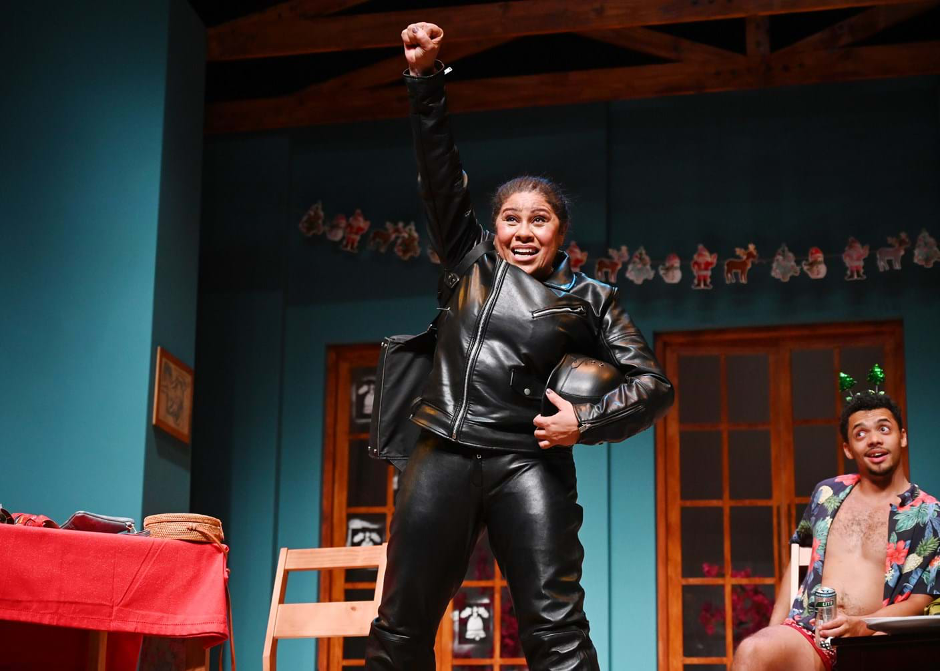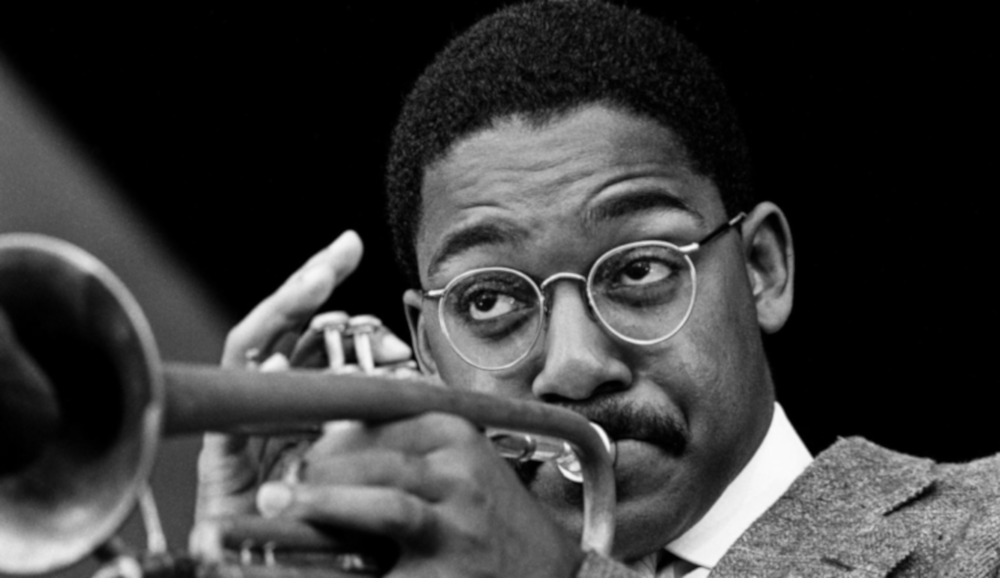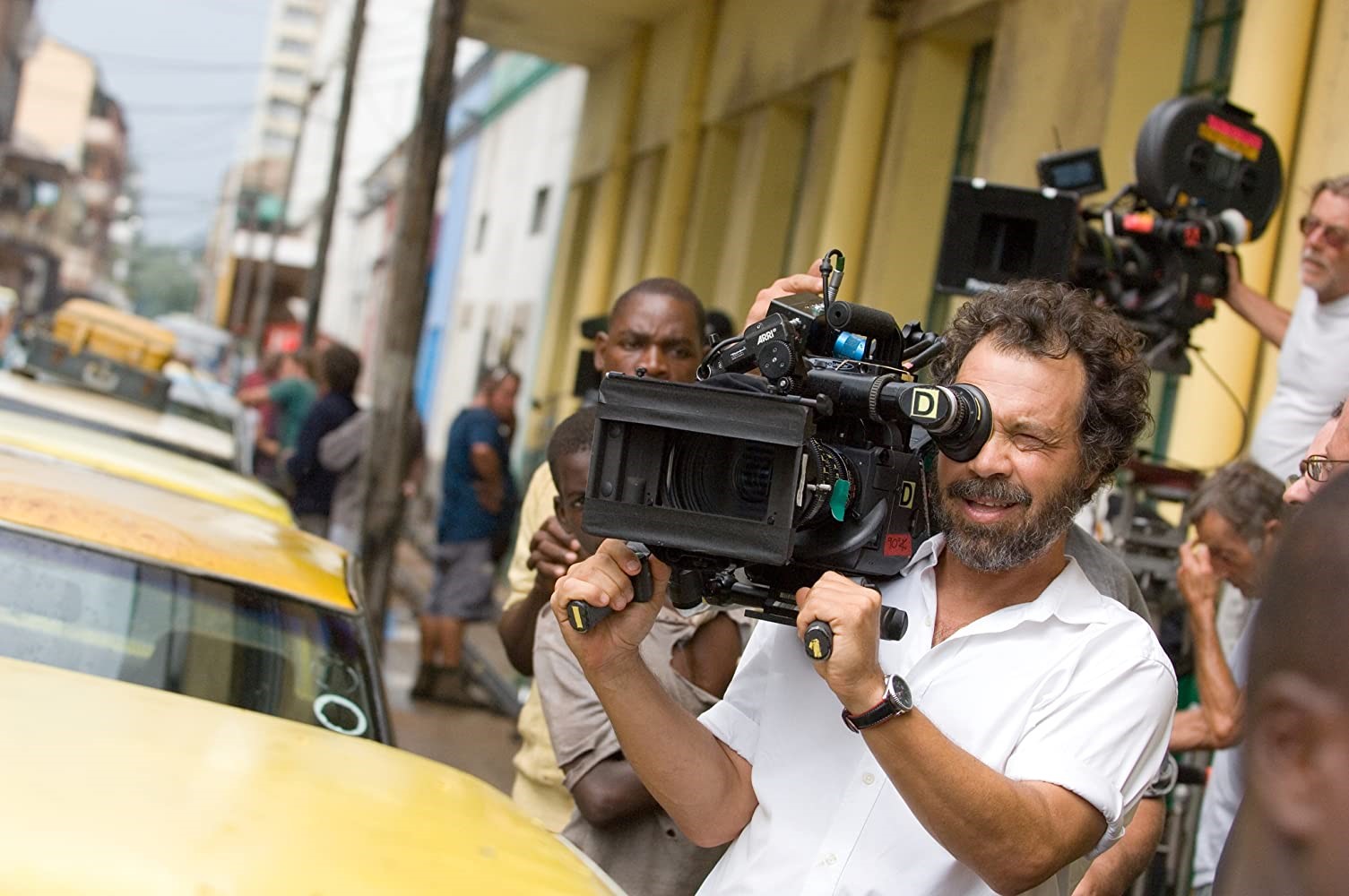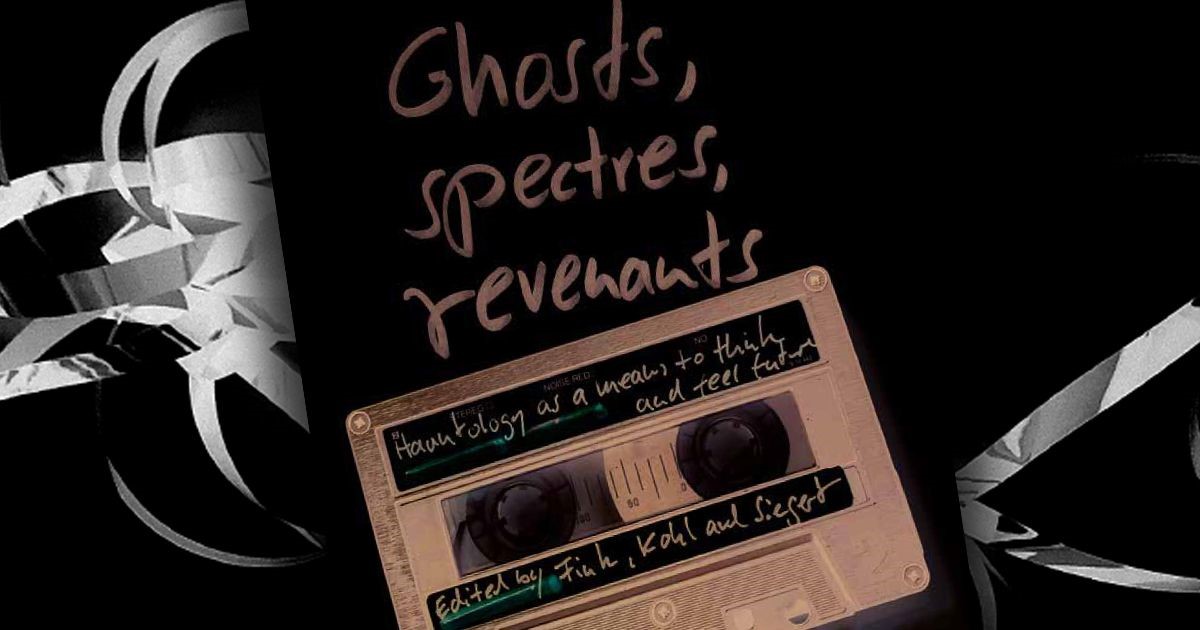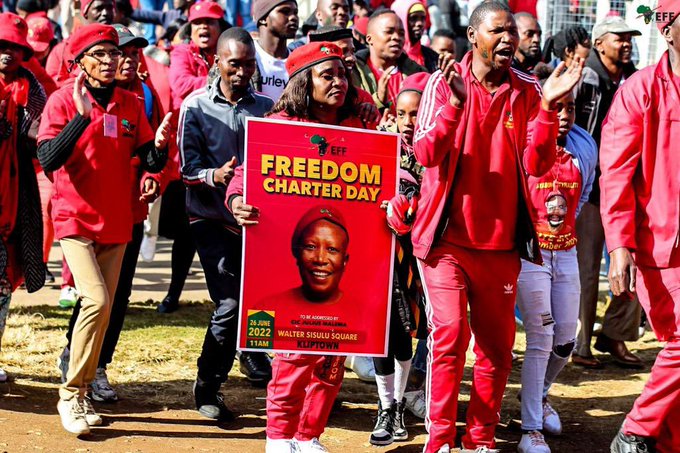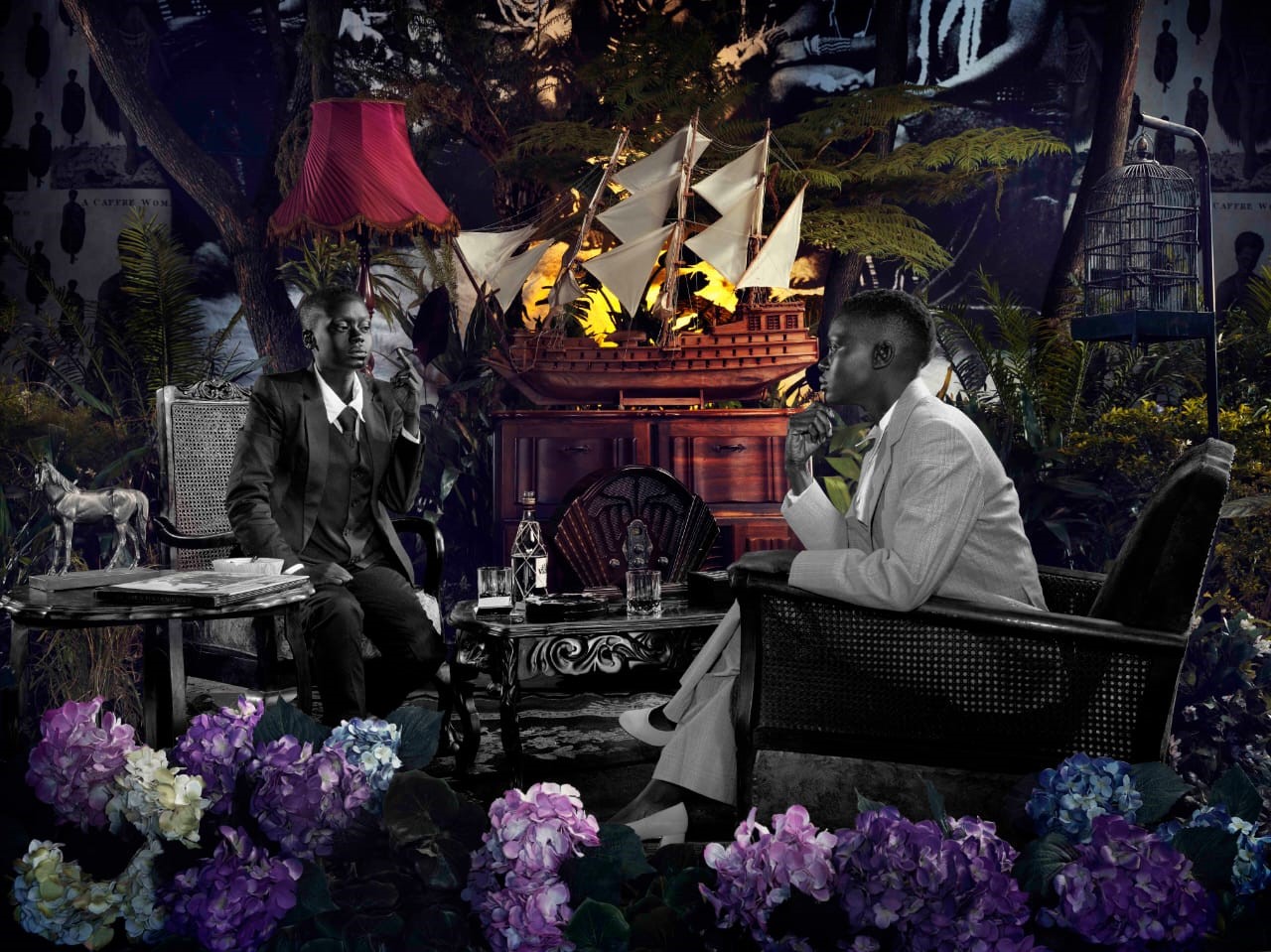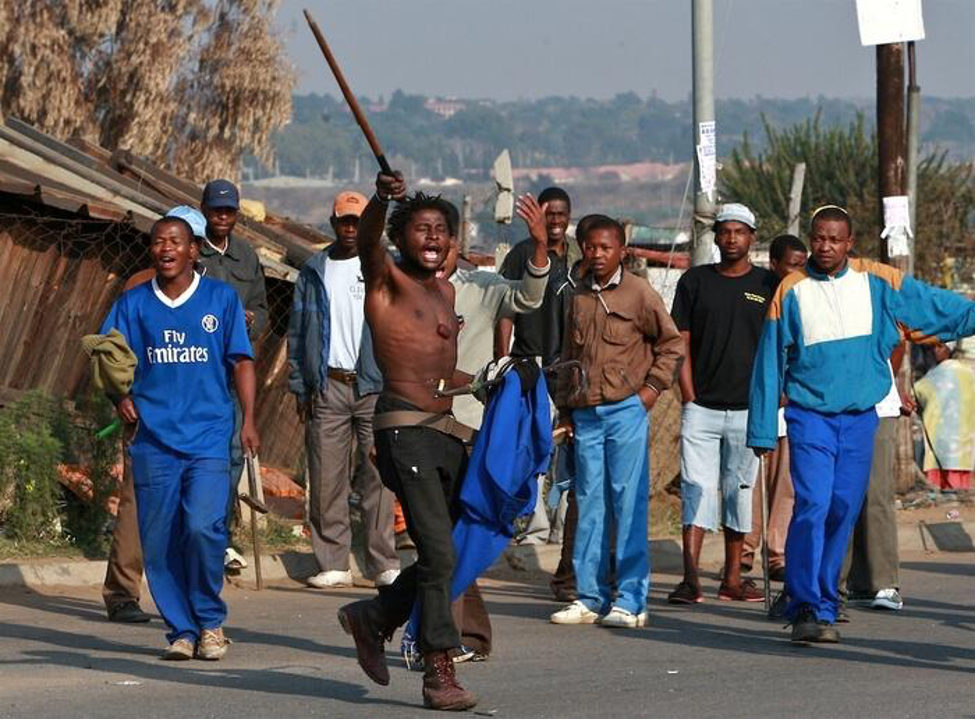Ka Lebitso La Moya, written and directed by this year’s Standard Bank Young Artist for Theatre Kgomotso ‘MoMo’ Matsunyane, bravely delves into the complexities of power and its misuse by those ‘ordained’ into positions of authority. The play explores the manipulation within both religion and politics.
The production tells the story of the community of Ha Satane, a fictional township plagued by unemployment, poverty, and crime. Salvation seems to come in the form of a new priest, whose charm masks his sinister motives. The play also scrutinizes the validity of strictly adhering to either African spirituality or Western Christianity, challenging the conservative notion that the latter is the holier of the two. It argues that this belief negates the significance of divination in one's connection to their ancestry and ancestral spirits, a crucial aspect of South African cultural identity.
In the play, Lentswe, a bright-eyed high school student and devout church member, is introduced. The priest takes an interest in her, initially seeming to admire her devotion and her ability to spread the word of God. However, his intentions are later revealed to be predatory. The major heart-breaking moment of exploitation and the preceding moments of ‘spiritual guidance’ (mental and emotional manipulation and grooming) are not simply alluded to but are shown in the viscerality of their grotesqueness—a directorial choice that leaves audiences deeply unsettled and one that deserves commendation. This choice is emblematic of the production's overall bravery and the intentionality in its creative elements that create and sustain the interactivity within which the audience (and arguably, members of the greater national society) find themselves taken (sometimes literally) by the church’s excitable convenances, and contrastingly, also deem themselves complicit in by standing and thus complacent in the face of social injustice. It’s important to note that the priest's malice extends beyond Lentswe, affecting multiple members of the church, the community, and his own family.
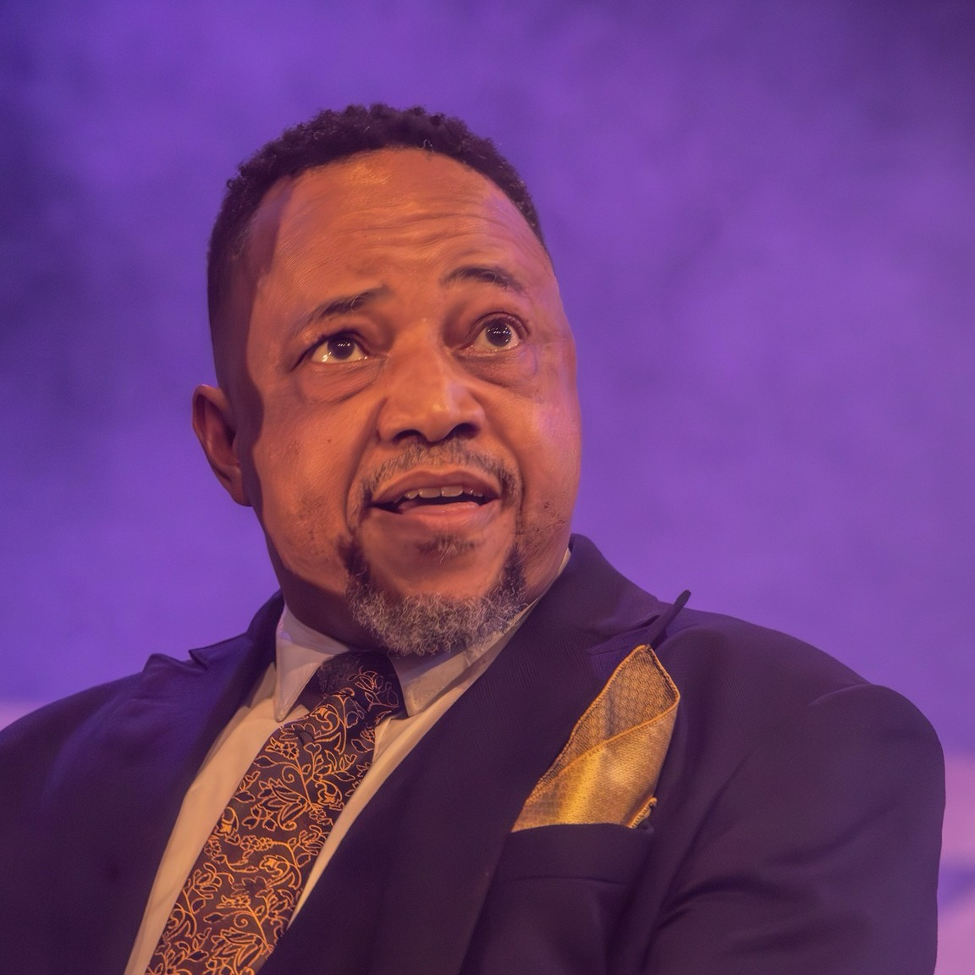
The cast’s electric performances, both individually and as an ensemble, along with the familiar and heartening music composition, invigorate the production. They transport the audience between the church, Ha Satane, the residences of the church members, and the media coverage of the elections in which the priest seeks to greedily elevate his position in the community.
The set’s exposed wooden framing and visible gaps intrigue from the moment one walks into the theatre. Throughout the production, these spaces come to be seen as ‘gigantic cracks’ through which the facade of the priest and other church members, and Lentswe’s growing mistreatment, are eventually revealed through a spiritual intervention. These gaps represent a real sense of salvation, contrasting with the false promises given to the community.
The only creative critique is about the choreography. There is a question of how the choreography, both in its entirety and in its punctuated moments, could better encompass the world of the church and the subtly explored realm of African spirituality, thereby more poignantly communicating the complexity and conflict between the two.
Ka Lebitso La Moya tells an essential story, and to call it ‘relevant’ would be an understatement. Experiencing it is highly recommended.
*Ka Lebitso La Moya is on at The South African State Theatre for its final week, until July 27th.


